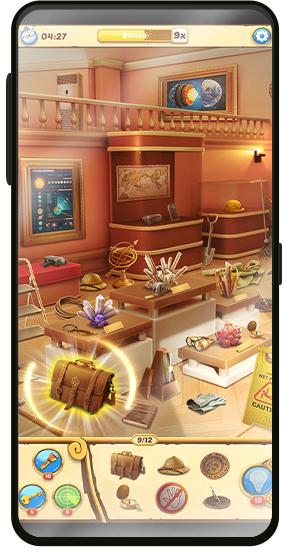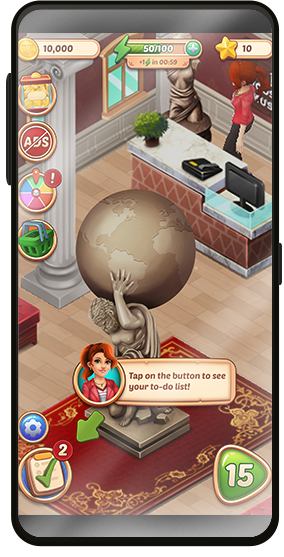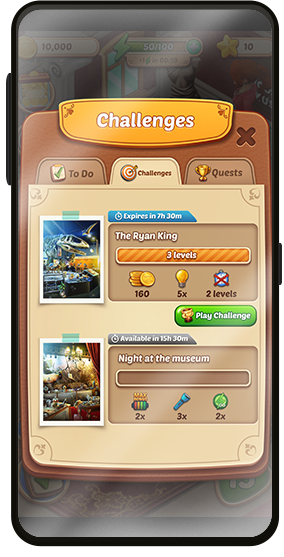The Power of a Dedicated Creative Team in Game Development
- Aaron Perez

- Jan 2
- 1 min read
Updated: Feb 5
Difference Games has published hundreds of games, with several surpassing a million installs. Their success is supported by a Dedicated Creative Team, providing game art, animation, and content tailored to their needs. This team ensures engaging designs and cohesive gameplay, driving player satisfaction and contributing to the games' overall success.

Benefits of a Dedicated Creative Team:
Improved Quality - Focused attention on areas like art and story ensures polished, professional results.
Consistency - Maintains a unified vision across gameplay and narrative for a cohesive experience.
Innovation - Brings fresh ideas, from unique visuals to new game mechanics.
Without a creative team, storylines and gameplay can feel disjointed. With one, games achieve a seamless blend of narrative and gameplay.

Managing a Creative Team:
Set a clear creative vision.
Promote collaboration between departments.
Build a diverse team with skills like writing, art, and UX design.
Provide tools, training, and emphasize constructive feedback.
Reward creativity to keep ideas flowing.
In today’s competitive market, a dedicated creative team is essential for making standout games. Whether you’re an indie studio or a larger company, investing in a strong creative team can take your projects to the next level.







Comments